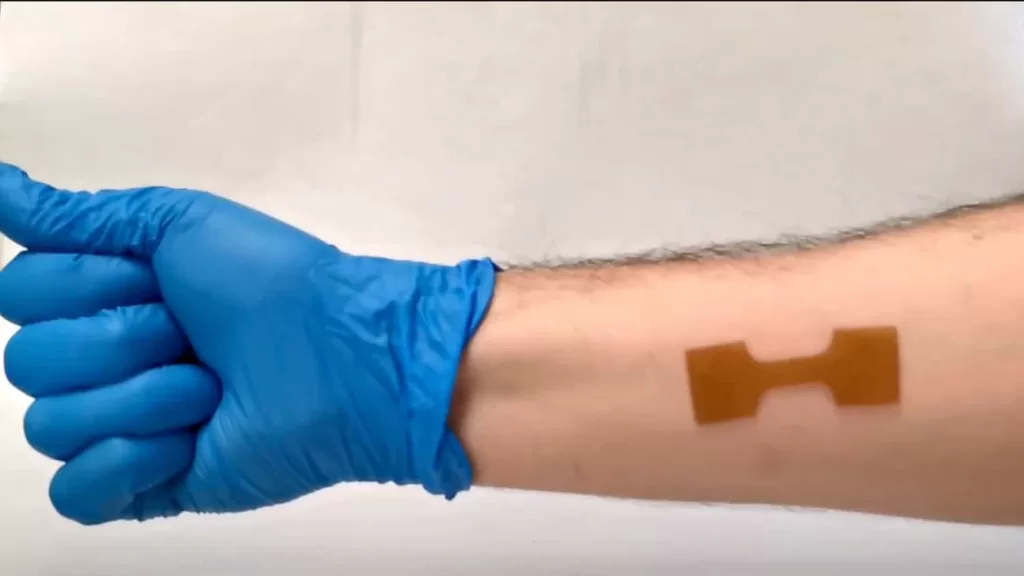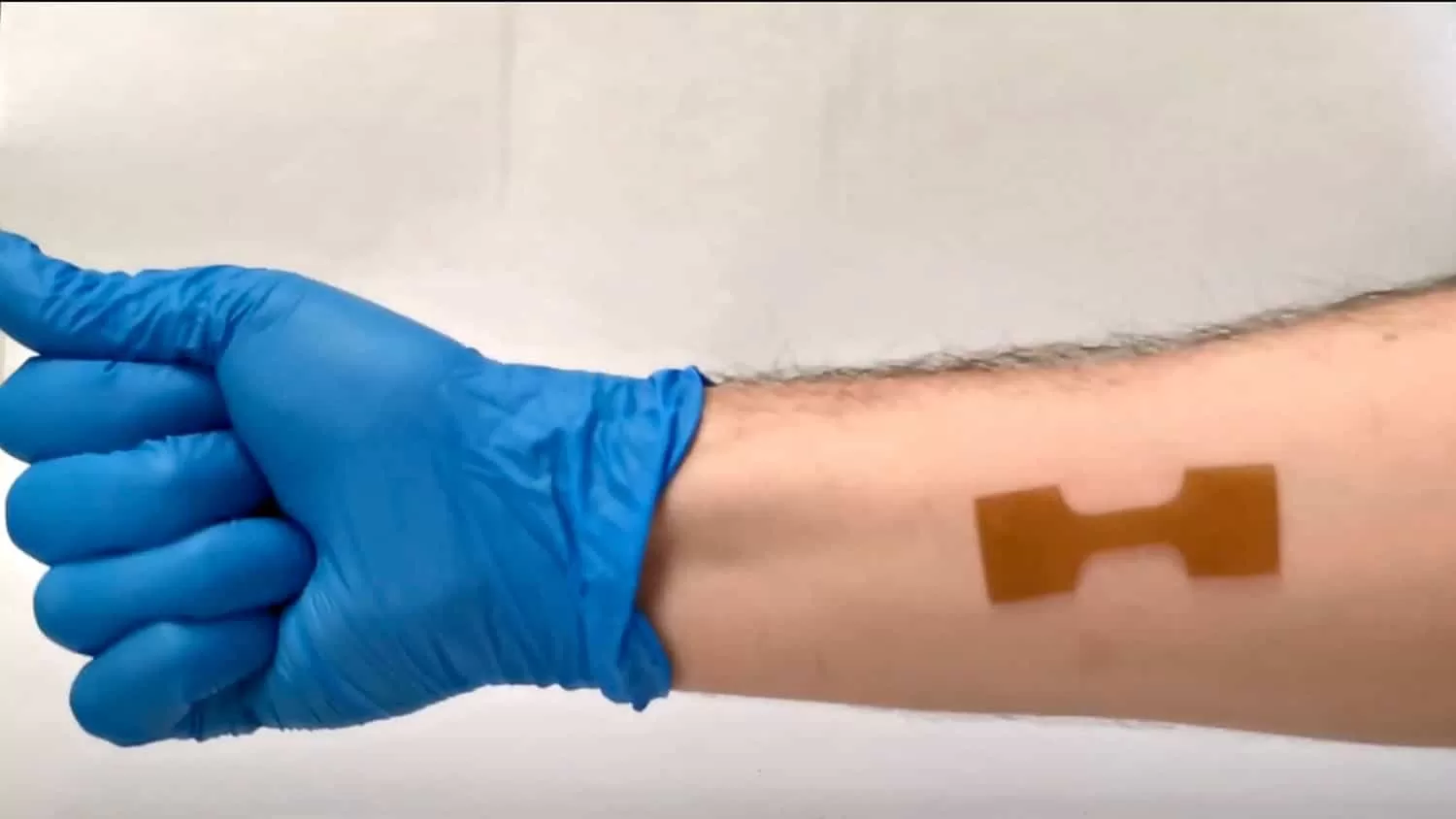Getting burnt is a very painful yet usual thing for people who are working in factories, kitchens, or any other heating environment. The treatment like dressing at a burnt place can be very painful and unpleasant experience for the patients. In this vein, the researchers from the University of Waterloo came up with a new solution. They have developed a new type of wound dressing material using advanced polymers. This material allows fast healing for burn patients and it has potential applications in drug delivery in cancer treatments as claimed by researchers.

Scientist and their team have developed a hydrogel material for use as a wound dressing. Credit: University of Waterloo
“To treat burn victims, we can customize the shape using a 3D printer; secondly, the material has fine-tuned surface adhesion, which is a key feature”, said Dr Boxin Zhao, a professor at Waterloo’s Department of Chemical Engineering. “The material can easily adhere to the skin and be taken off. It is a very delicate balance within the material to make the adhesion work.”
Intelligent Hydrogel
The research group have developed an intelligent hydrogel material which has shown the adhesion property with skin and 3D-printed the material to cover the wounds. Before that, they performed a 3D scan of the affected area of the body for customization. The technique allows the dressing to be in proper contact with various surfaces of the patient’s body like nose and fingers. This specially developed hydrogel is a biopolymer derived from seaweed which is reusable and thermally responsive and cellulose crystal. The dressing materials are designed in such a manner that they can lower the temperature at burnt places than at room temperature. Also, the dressing is designed to deliver time-release medication.
Future Goals
Further, their group are ambitious to expand their 3d printing work in the field of beauty and cosmetic industry. “Cosmetologists can utilize 3D scanning technology to analyze their clients’ facial features and customize hydrogel masks infused with specific facial and skin regimen products. Additionally, this innovative approach can benefit plastic surgeons” added Zhao, Waterloo’s Endowed Chair in Nanotechnology.

